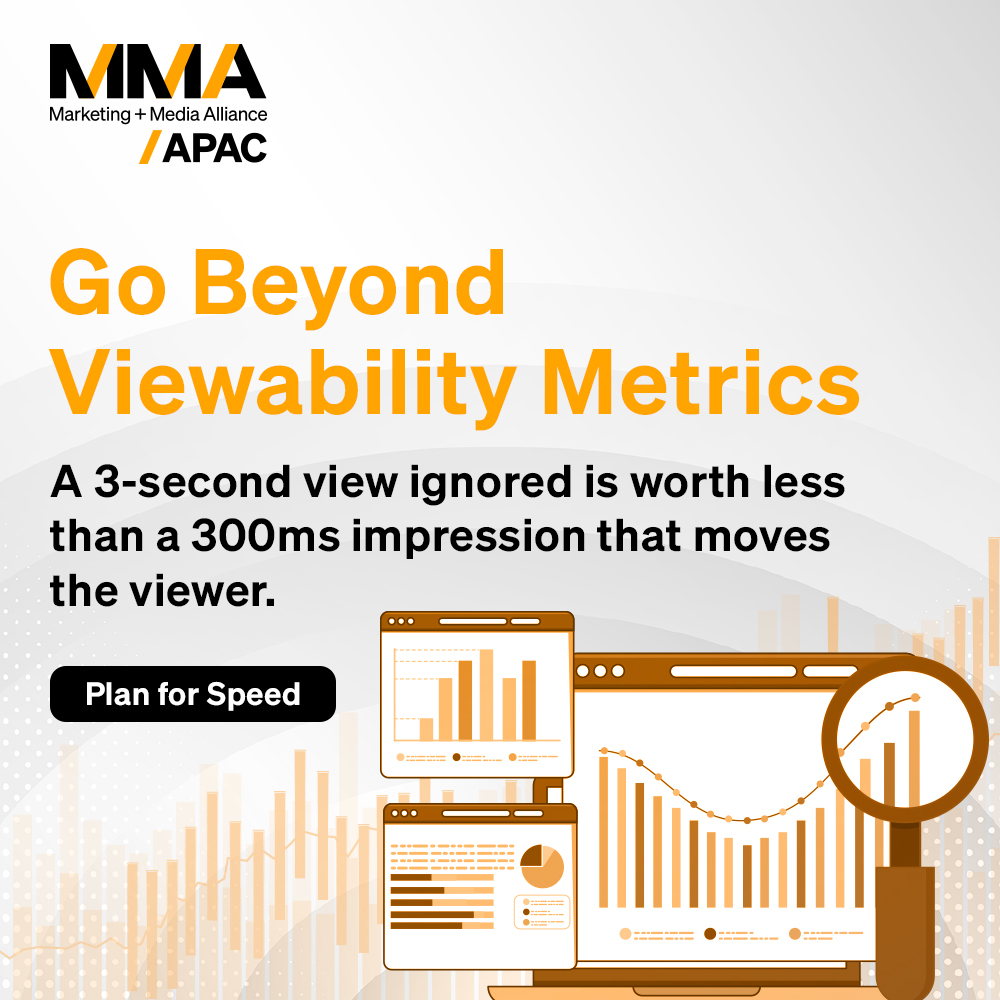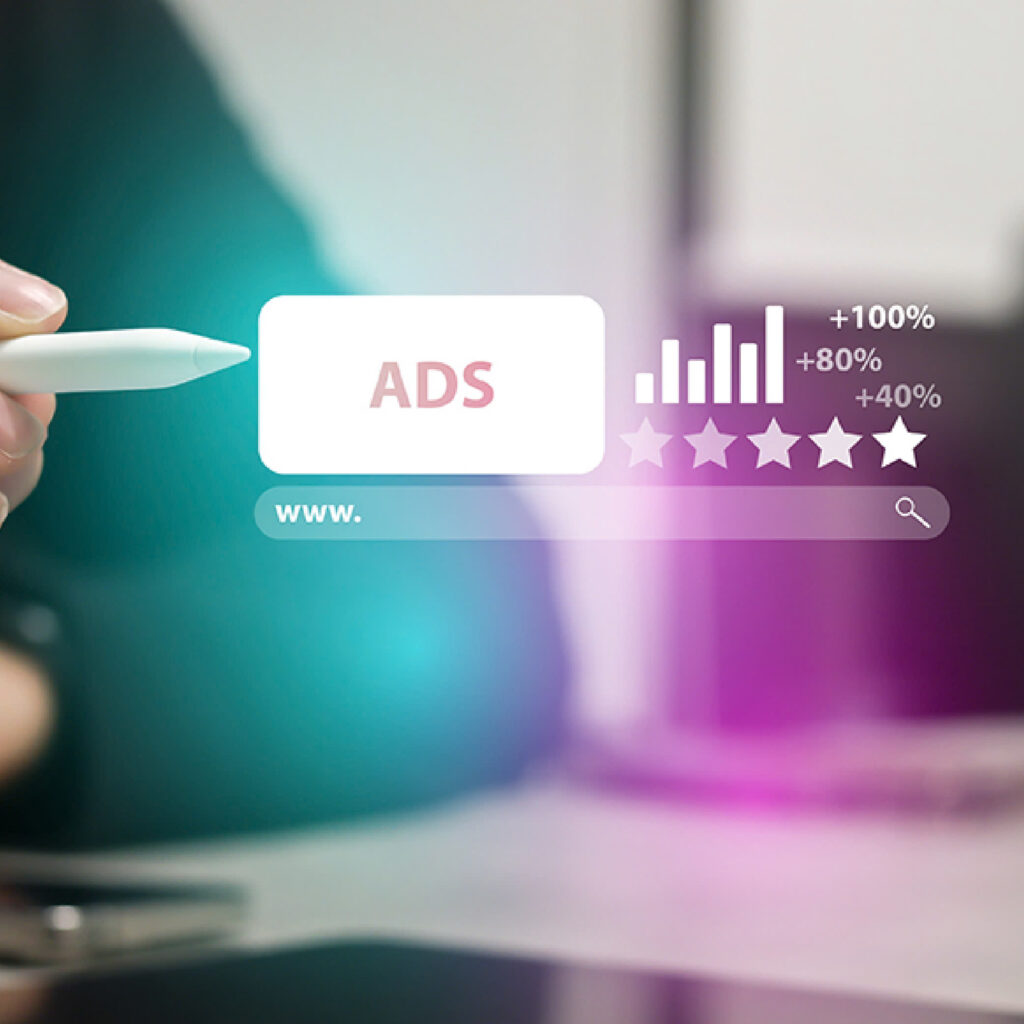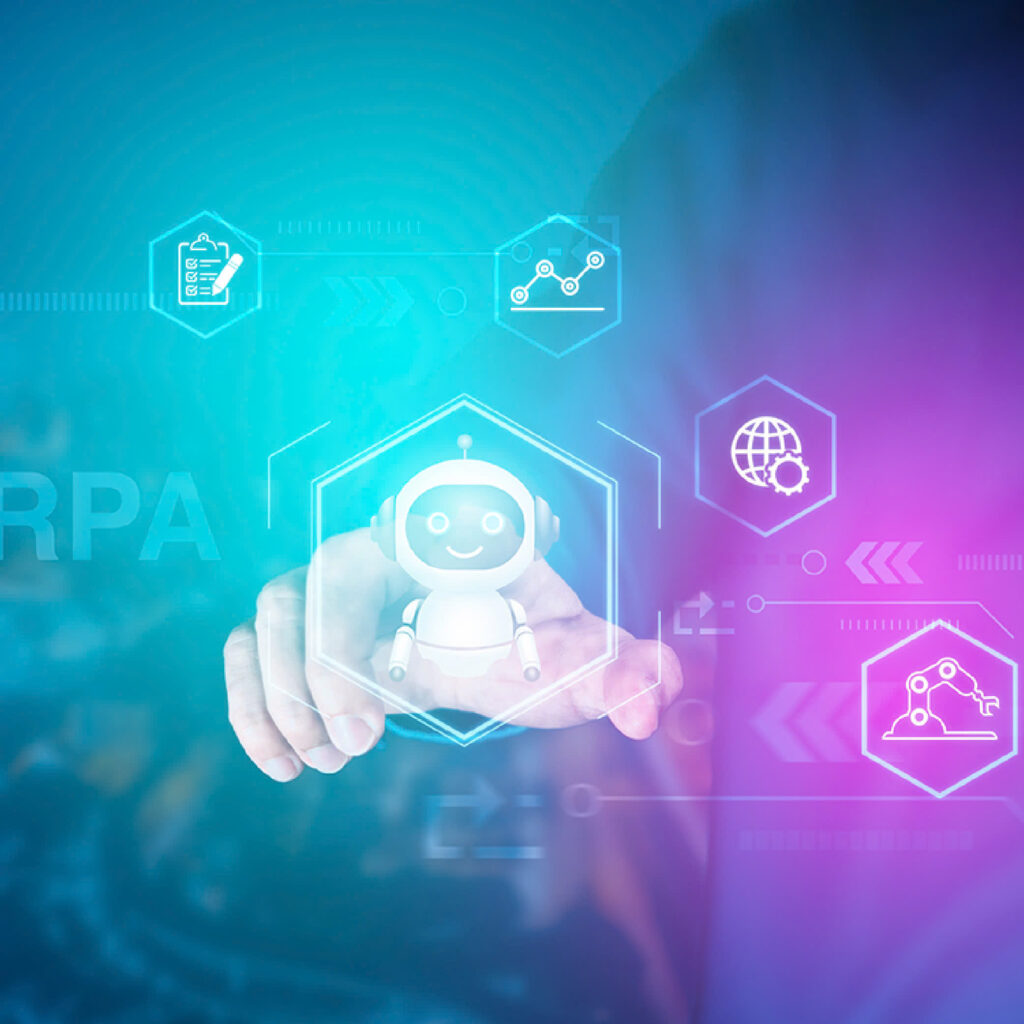
For years, AI has been framed as a tool for marketing execution—automating campaigns, optimizing ad spends, and personalizing customer experiences. But in 2025, AI is no longer just about marketing. It is about leadership.
The real competitive advantage lies in how CEOs and CMOs use AI to make better, faster, and more strategic decisions.
The most successful companies in APAC are not just using AI to improve marketing efficiency—they are embedding it at the highest levels of decision-making. AI-powered dashboards are enabling leadership teams to move from reactive to proactive strategies, making data-driven decisions with greater speed, accuracy, and market foresight.
This shift is not just about technology. It is about redefining how leaders think and operate in an era where agility and precision are critical for growth.
Why AI-Powered Decision Making is Now Essential for Business Leaders
CEOs and CMOs in APAC are operating in one of the world’s most dynamic and complex markets. Consider the challenges:
- Consumer behavior is shifting faster than ever, influenced by economic shifts, digital acceleration, and evolving cultural trends.
- Traditional analytics tools cannot process data in real-time, leaving leaders dependent on historical reports rather than forward-looking insights.
- Competitors are moving faster, making agility and precision in decision-making the defining factors for market leadership.
A recent study by Boston Consulting Group found that 70% of executives in APAC believe AI-driven insights will be the key differentiator in business strategy by 2025. Yet, only 30% have fully integrated AI-powered decision-making into their leadership processes.
This gap presents both a challenge and an opportunity. The leaders who successfully leverage AI dashboards will not only react to market trends—they will anticipate and shape them.
How AI Dashboards are Transforming Leadership Strategy
The role of CEOs and CMOs is evolving from intuition-driven leadership to data-first leadership. AI-powered dashboards allow executives to:
1. Move from Static Reporting to Real-Time Market Intelligence
Traditional decision-making relies on monthly or quarterly reports—by the time data is reviewed, the opportunity to act has often passed.
AI dashboards eliminate this lag by providing:
- Real-time updates on customer trends, competitor movements, and campaign performance.
- Predictive analytics that forecast demand, consumer sentiment, and potential risks.
- Automated alerts when key business KPIs deviate from expected patterns.
2. AI-Powered Consumer Insight for Better Growth Strategies
CEOs and CMOs need more than just numbers—they need to understand the why behind consumer behavior. AI enables:
- Sentiment analysis to measure brand perception across digital platforms.
- Behavioral segmentation to track evolving customer preferences.
- Voice-of-customer AI models that analyze reviews, call center transcripts, and chatbot interactions for actionable insights.
3. Smarter Budget Allocation with AI-Powered Performance Metrics
Marketing leaders often struggle with budget distribution across channels. AI dashboards solve this by:
- Attribution modeling that determines which touchpoints drive conversions.
- Optimized budget allocation recommendations based on real-time ROI data.
- Competitive benchmarking to ensure spend efficiency relative to industry peers.
4. Crisis Prediction and Risk Mitigation
AI is not just about driving growth—it is also about anticipating challenges. AI dashboards can:
- Identify supply chain risks before they disrupt operations.
- Detect brand reputation threats through early sentiment tracking.
- Forecast macroeconomic trends that may impact demand.
Building an AI-Driven Decision-Making Framework
To fully leverage AI-powered decision-making, CEOs and CMOs need a structured approach.
Step 1: Define Key Business Priorities
- What critical decisions need better data-driven insights?
- Which KPIs drive the company’s success (e.g., CLV, customer retention, profitability per segment)?
- What competitive and market intelligence is missing in current reports?
Step 2: Build an AI-Powered Dashboard
A well-structured AI dashboard should integrate:
- Internal business metrics (sales, engagement, retention, supply chain).
- Market data (competitor benchmarking, economic indicators, consumer sentiment).
- AI-driven predictions (demand forecasting, risk assessment, budget recommendations).
Step 3: Automate Data-Driven Decision Making
- Set up AI-generated alerts for deviations in key metrics.
- Use predictive modeling to refine marketing spend and strategic investments.
- Train leadership teams to trust AI insights in decision-making processes.
The Future of AI-Driven Leadership in APAC
AI is no longer confined to operational efficiencies—it is rapidly becoming a strategic imperative for leadership. Companies that integrate AI-driven decision-making at the C-suite level will gain a competitive edge by predicting market shifts before they happen, optimizing budget allocations in real time, and eliminating inefficiencies in resource management. More importantly, AI enables businesses to anticipate customer needs, strengthening engagement and loyalty through proactive, data-driven strategies rather than reactive responses.
For APAC CEOs and CMOs, AI is no longer an optional tool—it is the foundation of modern business leadership. Growth in this region will increasingly depend on real-time AI-powered insights that guide strategic decisions at every level. Companies that fail to adopt AI as a core leadership function will find themselves outpaced by data-first competitors who can move faster, adapt smarter, and execute with precision. The real question is no longer whether AI should be part of decision-making—it is whether businesses can afford to lead without it.



















